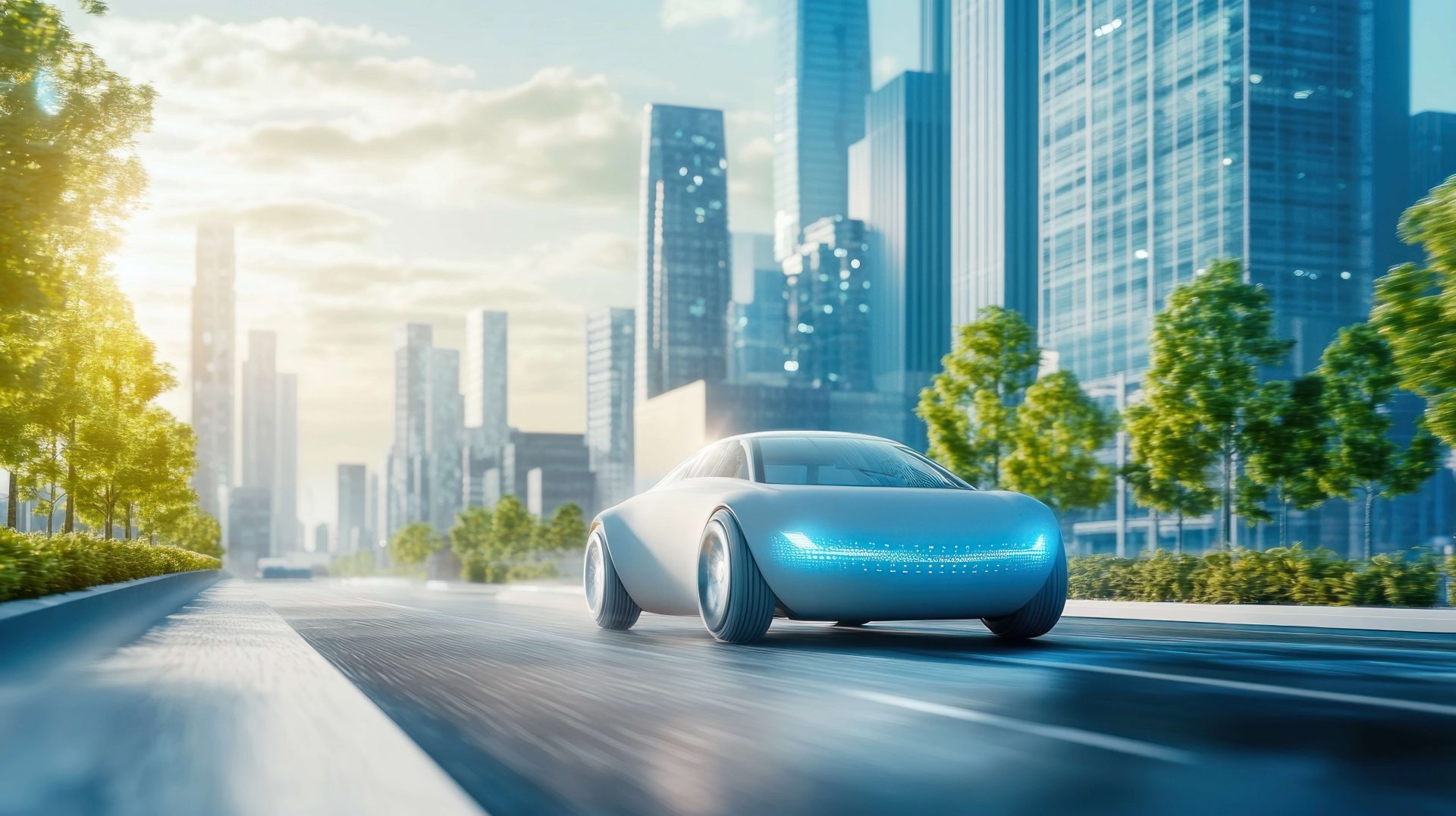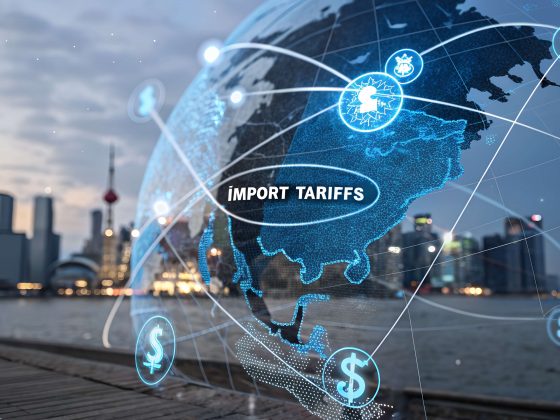Okay folks, are you ready to put your brainy beanies on? Your intellectual spectacles? Your thinking caps? Your technology t-shirts? (We know that last one is not a thing, but can we make it a thing?). Meaning, are you guys set to explore some of the new high-end tech that’s infusing the automotive world? Okay, maybe not new-new, but certainly something our grandparents were really only dreaming of or seeing in sci-fi movies at drive-ins.
Use eTags© to Quickly Complete Your DMV Service. Renewals, Title Transfers and More, All Online!
Today, boys and girls, we’re going to explore the Hydrogen Car!
First, we’re going to get into what a hydrogen car is. Then we’ll talk about how it works. And finally, we’ll go over the pros and cons of buying, owning, and driving these newfangled gadgets. And who knows…maybe we’ll sneak in some other stuff along the way. If you’ve been hanging out with us for a while, you know that here at eTags, we’re a little obsessed with all things automotive, and we tend to get excited about trending trends. (Yes, trending trends…we’re just going with it.)
Okay, first things first. What is a hydrogen car?
A hydrogen vehicle (not only a “car,” but also SUV’s) is one that uses hydrogen to move. In place of gas, the fuel is, indeed, the element of hydrogen, using the same sort of electric-powered motor as the EV’s we’re now familiar with.
Do they use only hydrogen?
Nope. These vehicles also rely on battery power. But the batteries are secondary to the main fuel source. Think of the battery-generated electricity as supplementary. 
What is the energy source in a hydrogen vehicle?
The energy source is called a fuel cell, which is an electrochemical energy conversion device. (We did warn you about those thinking caps.) A fuel cell, much like a battery, is a place where energy is created and stored. However, unlike a battery, fuel cells do not become depleted or require recharging. Fuel cells can continuously produce electricity (and heat) as long as the fuel (the element) is in supply.
How does the fuel cell power the vehicle?
There is a gathering of fuel cells that’s called a fuel cell stack. The vehicle is powered when pure, pressurized hydrogen passes through a membrane in the fuel cells and combines with oxygen from the outside air. The joining of the two elements causes an electrochemical reaction which then creates energy in the form of electricity, heat, and water vapor, thereby by powering the car.
So where does the battery power come into play?
Batteries are there to pick up the slack for the times that the hydrogen fuel cells cannot manage the task. At least not with current technology. So for instances that require significant pickup (acceleration) or for extended driving times at high speeds – on a highway, for example – the battery pops in to lend a hand.
So you’re saying that a hydrogen vehicle is actually part electric?
Yep. You can think of these cars as a collaboration between batteries and fuel cells, where one helps the other out.
How do these energy sources – the battery and the fuel cells – get recharged or refueled?
Well, the fuel cells get topped up at hydrogen stations. The process is extremely similar to filling a tank with petrol, and takes about the same amount of time – about five minutes. Whereas the batteries in hydrogen vehicles actually get their charge by a very cool process called “recapturing/regenerative braking energy.”
Wait, what?
Regenerative braking is when the braking system recaptures the car’s kinetic energy used to make stops or slow down and sends it back to the battery as electricity rather than allowing all that unused power to just dissipate.
How far can a hydrogen car drive before it needs to be refueled?
The vehicle with the longest range so far is the Toyota Mirai FCEV (Fuel Cell Electric Vehicle). This sedan holds the record for the longest-range hydrogen car in the world, clocking in over 800 miles on a single, five-minute top-up of hydrogen fuel!
What are the makes and models of hydrogen cars available in the U.S.?
For now, there are two popular cars available that run on hydrogen. (We know, sad.) They are the Toyota Mirai and the Hyundai Nexo. However, Honda will be releasing the CR-V eFCEV for 2025. It is said to provide 29 miles of battery range, plus 241 miles powered by its fuel cells.
What’s it like driving a hydrogen vehicle?
We’re told it’s a quiet, smooth, zero-emissions ride. But don’t expect to enter Formula One or anything. Hydrogen cars are not known for their acceleration or high speeds.
So, zero emissions, chill ride, and no fossil-fuel mining…what could be any possible drawbacks to purchasing a hydrogen car?
Well, you’ve got to have fueling stations.
As of now, California is the only state that provides these fueling stations.
And even so, the Golden State has only about sixty of those pumps. So it can make this idea slightly less attractive to folks who might be interested in these cool cars.
Anything else that’s keeping these vehicles from a surge in popularity?
The cost. Hydrogen fuel is not cheap. The equivalent of a full tank in the Mirai, for example, could cost upwards of $180! However, both Toyota and Hyundai are keen to this steep price, and offer $15,000 in free hydrogen along with the purchase of one of their corresponding vehicles. 
All in all, we’re excited about these vehicles. Yeah, sure, there are fixes to be made, prices that need to drop, and fueling stations to be built, but the idea itself is pretty dang cool. So while these cars might not come close to rivaling the popularity of their EV cousins just yet, we’re fairly certain it’s an interesting prospect to keep an eye on. So for now, we’d say, watch this space.
But! If you have happened to snag yourself a hydrogen ride, (or any other kind of vehicle, for that matter) and need help with titling or registering it, you definitely don’t have to wait around. Head over to our site, choose your state from our drop-down menu, and let us assist you. Because as always, here at eTags, we’re here to help!








